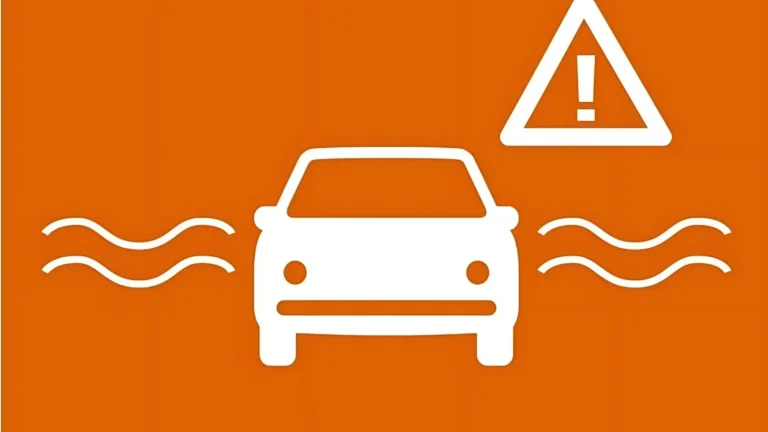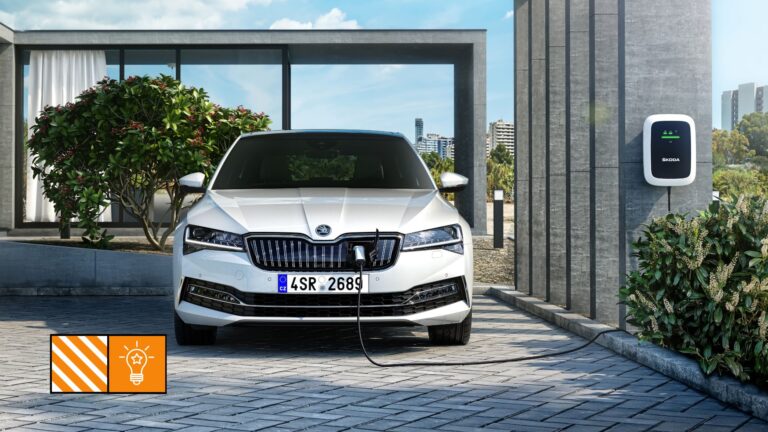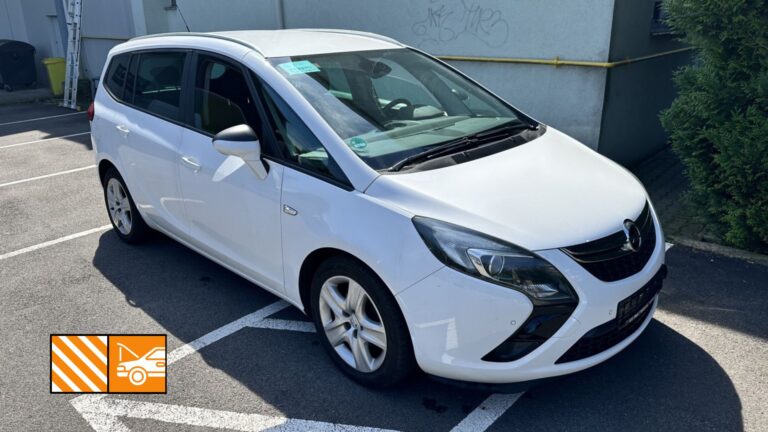How to recognize a flooded car? Be careful of flooded cars, there are more of them on the market after floods.
- Advice and tips
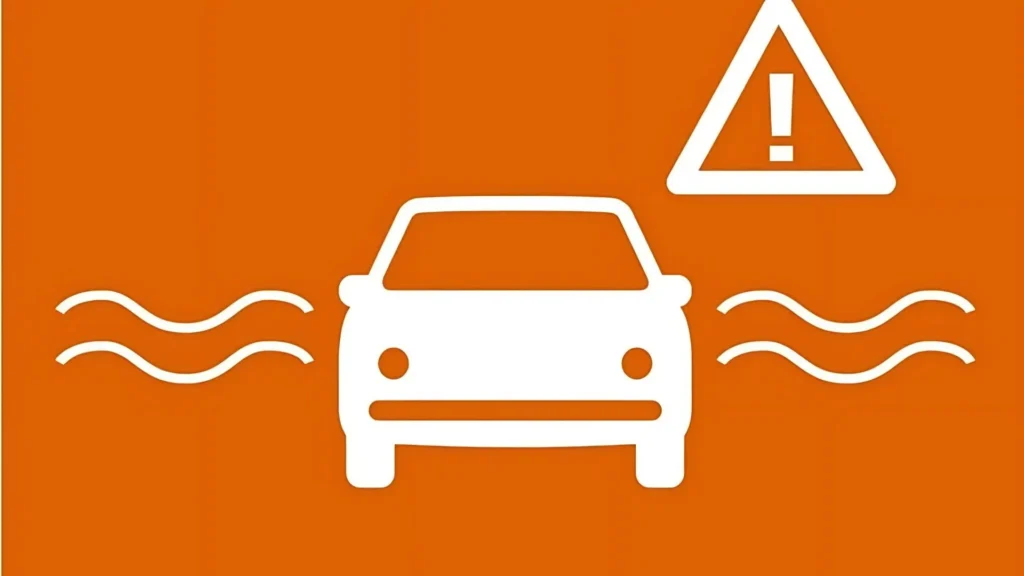
Within weeks, or even just days, of a flood, flooded and water- or mud-damaged cars quickly enter the used car market. It often happens that the original owners or dishonest sellers deliberately hide the damage in order to sell the car to unsuspecting customers. How to recognize a flooded car? When at first glance it may look completely fine?
How to recognize a flooded car: First signs
One of the most common ways to tell if a car has been flooded is by the smell inside. A musty smell that persists even after multiple cleanings is a clear sign that the vehicle may have been exposed to water. The smell often lingers in the seats, upholstery, and under the carpets. It’s also a good idea to check the brake discs and exhaust system – if they’re rusty, it’s likely that the car has been exposed to moisture for a long time.
Other indicators of a flooded car include mold under the seats or carpets, as well as rusted parts of the chassis where water may have seeped in. If in doubt, it is recommended to have the vehicle thoroughly inspected by an experienced technician before purchasing. Pre-purchase vehicle inspection specialist is trained to detect such damage to the car and thus save you from major complications in the future. Buying a flooded car is very risky and we strongly recommend against it!
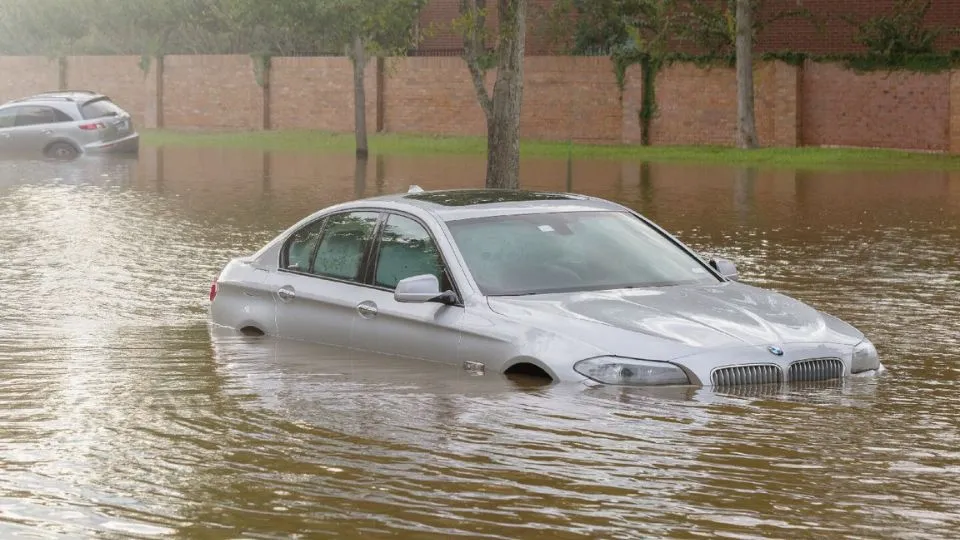
Electronics Problems: Another Sign of Flooding
Modern cars are equipped with complex electronic systems that are very sensitive to moisture. Contact with water can lead to malfunction of the electronics and failure of key safety functions. When buying a car, beware of the “flashing disco” on the dashboard – irregular lighting of the indicator lights can be a sign that the electronic systems have been damaged. If water gets into the electrical components, a serious short circuit or gradual failure of individual functions can occur. You should not ignore this signal, as repairing such a car can be very expensive.

Leave the car inspection before buying to the professionals!
Physical inspection of the car by an experienced technician is essential in detecting hidden signs of flooding. While a vehicle may appear fine at first glance, a professional can detect subtle signs that a layperson often misses. The technician will focus not only on superficial signs such as rust or odors, but also on more complex problems in the electronics, engine and chassis. An experienced mechanic can also dismantle parts of the car to reveal whether water has penetrated critical areas such as the electrical system, suspension or exhaust system. This inspection is crucial for a safe purchase, as only a thorough examination of the car can reveal hidden defects that could lead to costly repairs.
How to recognize a flooded car: Mechanical damage
In addition to electronics, water can also cause mechanical damage. Water and mud can penetrate the engine, transmission or turbocharger, causing key components to seize. In such cases, repairs are often more expensive than the value of the car itself. How to recognize a flooded car in these cases? Check whether the engine is not stalling, whether it is running irregularly or whether the vehicle is making strange noises while driving.
Water can also get into hidden parts of the car, such as the suspension, undercarriage and other enclosed spaces, which can lead to further problems. A flooded vehicle also often rusts in areas that you wouldn't normally see when inspecting it, which can compromise its long-term durability.

Is it safe to buy a flooded car?
Certainly not! A flooded car can be bought at a very good price, but it is usually a very risky investment. Even if the car may seem fine at first glance, hidden problems may only appear after a certain time. Despite the attractive price, it is important to realize that repairs associated with the purchase of such a car can easily exceed several tens of thousands of crowns. Therefore, it is crucial to know how to recognize a flooded car before buying it.
How to protect yourself from buying a flooded car?
Prevention is the most important thing! Before buying any used car, it is very important to check not only its history, but also its current technical condition. When choosing a car, check its history carefully, especially if it comes from an area where there have been recent floods. Ask the seller for details about the car's origin and request a thorough inspection by an expert.
Knowing how to recognize a flooded car will help you avoid unnecessary risks and investments in unsafe cars. Be careful when buying and do not hesitate to contact professionals who will help you with the car inspection.
Follow us through our social networks, Don't miss any news.


